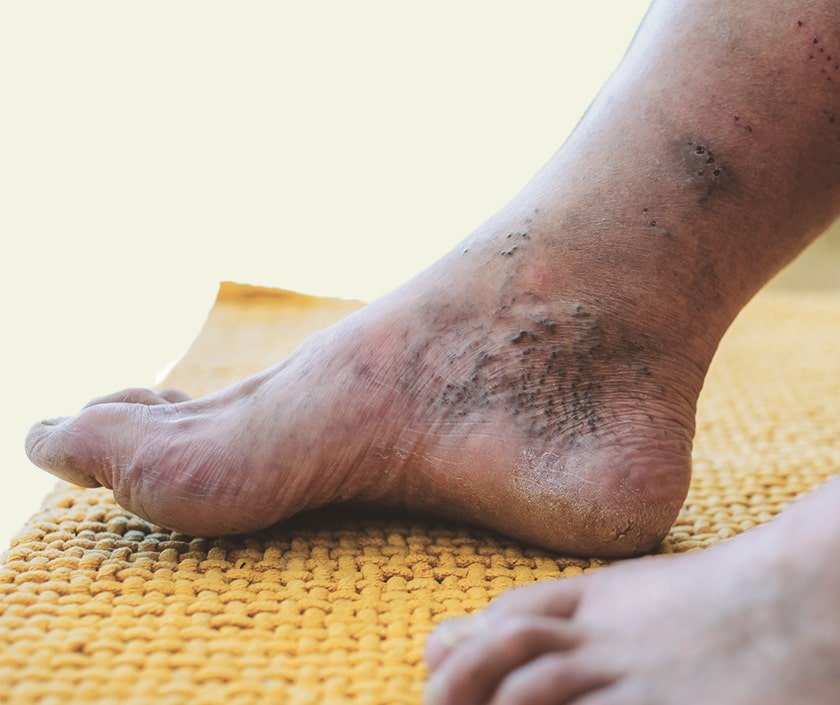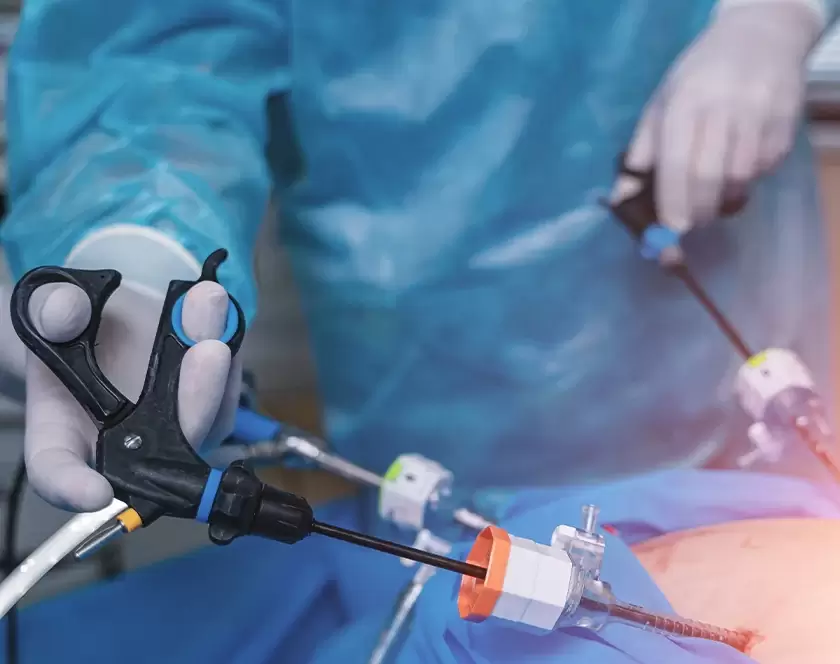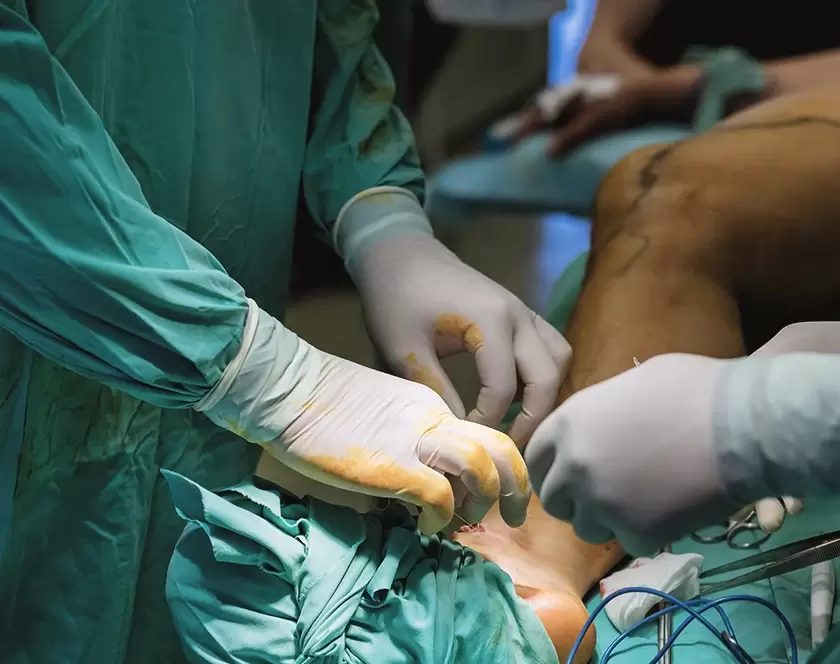Vasculitis ulcers are open sores that occur on the skin due to inflammation of the blood vessels, known as vasculitis. Vasculitis can affect blood vessels of any size and can occur in any part of the body, but it most commonly affects the small blood vessels in the skin and causes skin ulcers. The causes of vasculitis can be idiopathic, or due to underlying diseases such as autoimmune disorders, infections, or certain medications.
The management of vasculitis ulcers typically involves a multi-disciplinary approach and depends on the underlying cause of the vasculitis. Treatment options may include:
- Medications: such as corticosteroids and immunosuppressants to reduce inflammation and suppress the immune system.
- Wound care: The ulcer is cleaned and dressed to promote healing and prevent infection.
- Supportive care: such as pain management and physical therapy to help improve mobility and reduce pain.
- Treating underlying condition: Identifying and treating the underlying cause of the vasculitis is crucial to prevent recurrence and control the disease.
- Referral to a specialist: Consultation with a rheumatologist, dermatologist, or a vascular specialist may be required to manage the underlying condition.
It’s important to note that vasculitis is a complex disease and management of vasculitis ulcer can be challenging. It is important to consult with a qualified healthcare professional to determine the best treatment option for your individual needs and goals. Regular follow-up visits will be necessary to monitor the healing process and to adjust the treatment plan as needed.
If you have any questions regarding our services, please contact us or call at +91 9879546805.
Hear from our patients
EXCELLENTTrustindex verifies that the original source of the review is Google. Had a vericose vein surgery for both legs.such a supportive doctors and team.Special Thanks to Dr.Aashutosh shah,sunnybhai and all the staff members for wondrful service.Trustindex verifies that the original source of the review is Google. Thank you sir your treatment is very goodTrustindex verifies that the original source of the review is Google. Very happy.. Very good service.. Very good staff..Trustindex verifies that the original source of the review is Google. Amazing staff, totaly supportive. Dr ashutosh sir & his Team totaly take care of the patients & does the procedure properly
Frequently Asked Questions
Having doubts and questions? These are few questions our customers normally ask us!
What is the purpose of hymenoplasty surgery?
Hymenoplasty is performed to reconstruct the hymen, which may be desired for cultural, religious, or personal reasons.
Can the hymen grow again?
The hymen does not regrow naturally; however, hymenoplasty surgically restores its presence.
Why is my hymen not opening?
Variations in hymen elasticity and opening are normal. If there are concerns, it’s best to consult a gynecologist.
Can a girl bleed after hymenoplasty?
Some bleeding is possible after hymenoplasty, similar to what might occur with the initial breaking of the hymen.
Can hymen bleed 2 times?
The hymen can only bleed once naturally. Post-hymenoplasty, it may bleed again upon rupture.
Does hymenoplasty restore virginity?
Hymenoplasty reconstructs the hymen physically but does not ‘restore’ virginity in a biological sense.
How many times can hymen bleed?
The hymen typically bleeds once upon tearing. After hymenoplasty, it may bleed again if ruptured.
Can a non-virgin bleed again?
Post-hymenoplasty, a woman may experience bleeding upon the hymen’s rupture, similar to the first time.
Is it necessary to bleed on the first night?
Bleeding is not a universal indicator of virginity or sexual experience. It varies among individuals.
How can a husband know that his wife is not a virgin?
Virginity cannot be determined physically. It’s a personal aspect that relies on trust and communication.
How long does hymen take to heal?
The healing time for hymenoplasty is typically around 6-8 weeks, but it can vary.
Do boys bleed on the first night?
Boys do not experience bleeding related to virginity.
Did your wife bleed on the first night?
This is a personal and private matter, and bleeding is not a definitive indicator of virginity.
Can you bleed if your partner is too big?
Bleeding can occur due to various reasons, including the size of the partner, but it’s not a certainty.
Contact Us
Ready to discuss Varicose Veins Ulcer? Fill out our contact form for a confidential consultation.









